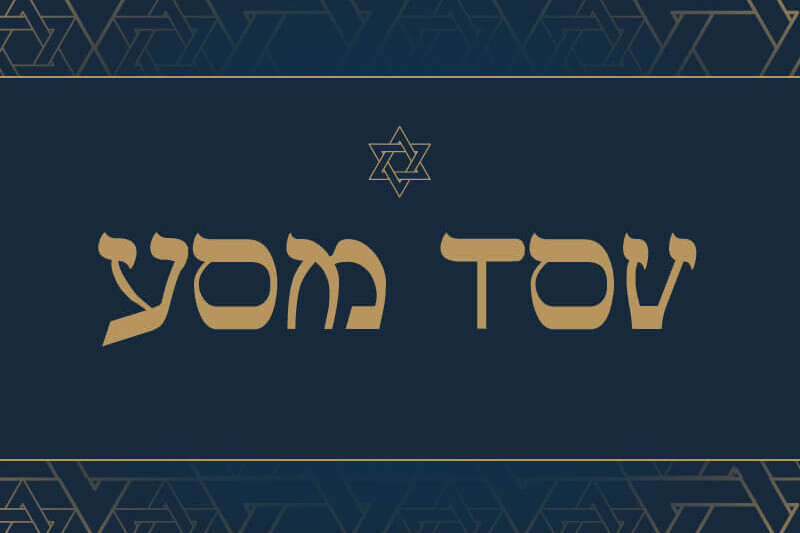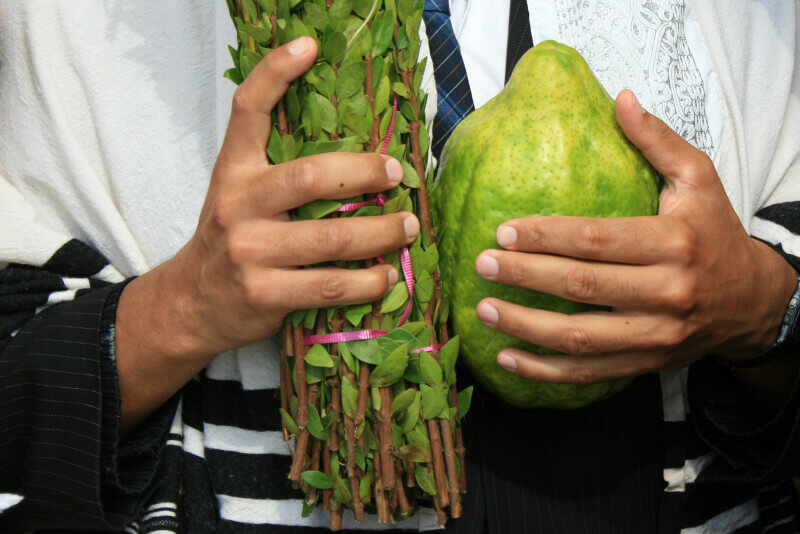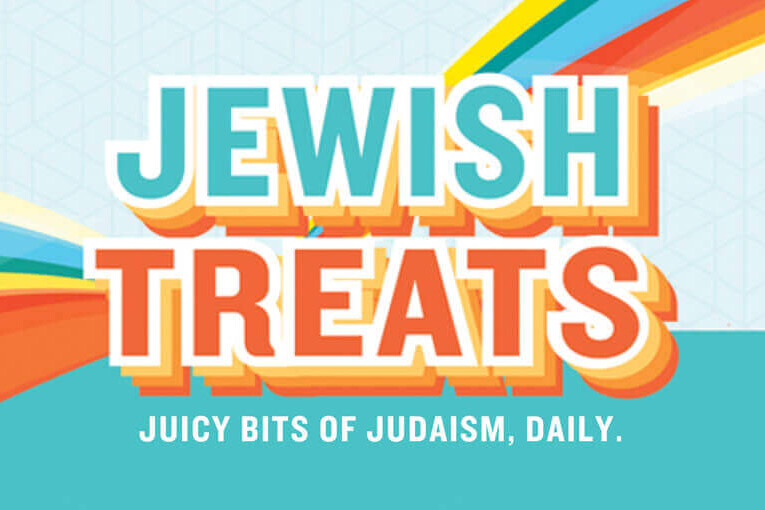Sukkot
The holiday of Sukkot, known as the Feast of the Tabernacles, or the liturgy Zman Simchatainu, the time of our rejoicing.
Happy Sukkot!
The first month of the Jewish year (Tishrei) is also the busiest month of the Jewish year. Immediately following Rosh Hashana and Yom Kippur is the week-long holiday of Sukkot, also known as the Feast of the Tabernacles. It is called in the liturgy Zman Simchatainu, the time of our rejoicing.
Now that the Jewish people have repented on Yom Kippur and, hopefully, received Divine forgiveness, Sukkot follows as the time for celebrating G-d’s presence in the world. By living in temporary dwellings and taking the four species (the two primary mitzvot of Sukkot) Jews acknowledge that G-d provides for our physical needs as well as our spiritual needs.
Sukkot Stories, Practices and Resources
- Attend a 2024 Sukkot Across America Event
- View Photos from Past Sukkot Across America Events
- Origin of Sukkot
- Jewish Treats Guide to Celebrating Sukkot
- Sukkot Web Series
- Yom Tov – The First Festival Days
- The Sukkah
- The Four Species
- Chol HaMoed
- Hoshana Raba
- Ushpizin
- Women’s Obligation on Sukkot
- Jewish Treats Sukkot Articles
- Sukkot Treats Pinterest Board
- Shemini Atzeret/Simchat Torah
Origin of Sukkot
During the week of Sukkot, when the Temple stood in Jerusalem, 70 oxen were sacrificed. The rabbis taught that these 70 oxen represent the original 70 nations of the world. The priests offered sin offerings for the nations, invoking a desire for universal atonement, peace and harmony. Sukkot, therefore, is actually a truly universal holiday.
The holiday, however, does not end abruptly since G-d commanded that an eighth day be added which will also be Yom Tov, a festival day, specifically for the Jewish people. This holiday, known as Sh’mini Atzeret, the Gathering of the Eighth, is seen as the holiday which demonstrates G-d’s especial love for the Jewish people – comparable to a host asking his/her best friend to stay after everyone else has left, in order to share a private moment.
Guide to Celebrating Sukkot
Welcome to Jewish Treats Guide to Celebrating Sukkot. From the symbolic meaning of the four species to guidelines for building a sukkah, Jewish Treats Guide to Celebrating Sukkot offers it all– inspiring insights, enticing recipes and suggestions on how to celebrate the holiday known as Z’man Sim’chah’tay’nu, the Time of our Rejoicing. We hope that you will use this guide to truly enhance your own Sukkot celebration.
Sukkot Programs
Discover our exciting Sukkot programs in which you can celebrate, participate, or offer in your community.

Sukkot Workshop
This Workshop brings to life the happiest time of year on the Jewish calendar. This exceptional, interactive program includes questions, source material and. illuminating answers..
Specially created for Jews who would like to gain an appreciation and understanding of the history, customs and rituals associated with the joyous Sukkot holiday, this program enables participants to understand the various observances of the joyous festival of Sukkot and helps inspire them to participate more fully and enjoy this beautiful holiday that is known as Z’man Sim’cha’tay’nu (The Time of Our Rejoicing).

Sukkot Across America
The holiday of Sukkot is known as Zman Simchatainu, the Time of our Rejoicing. So let’s celebrate together! You’re invited to join NJOP for Sukkot Across America!
In this uplifting event, participants are welcomed…
into the sukkah to experience the most joyous time on the Jewish calendar. At each of these specially chosen sukkah locations, participants will be invited to shake a lulav and etrog, enjoy some refreshments, and perhaps some music and dance, while rejoicing on this happiest of Jewish holidays together with other members of the Jewish community.
Send us message to have us contact you about running any of our Sukkot programs or call 1-800-44-HEBREW.









